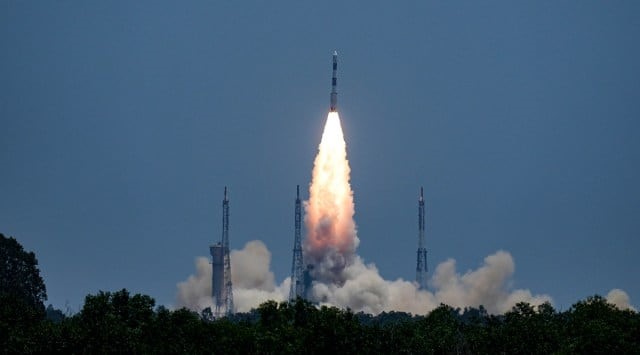Free Courses Sale ends Soon, Get It Now


Free Courses Sale ends Soon, Get It Now



Disclaimer: Copyright infringement not intended.
Context
Details
Key highlights of the Aditya L1 mission include
Orbit Insertion
Mission Descent Strategy
Observation of the Sun
L1 Point Orbit
Sun Study Objectives
Launch Timing
International Collaboration
MUST READ ARTICLES:
https://www.iasgyan.in/daily-current-affairs/aditya-l-1-mission
|
PRACTICE QUESTION Q. Discuss the technological challenges involved in placing an observatory at the L1 point and the international implications of this achievement." |
https://indianexpress.com/article/technology/science/aditya-l1-isro-mission-8920955/
© 2024 iasgyan. All right reserved